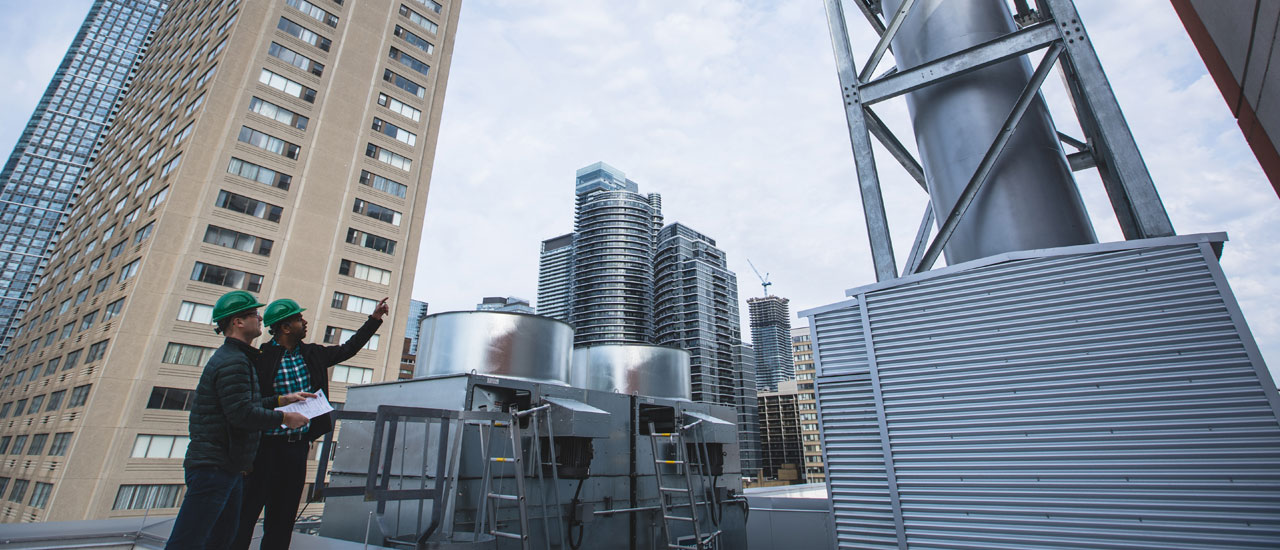Chemical Safety & Environmental Protection Performance

Chemical Safety Program
In 2019, Ryerson completed an update of our WHMIS labels to be in compliance with the new WHMIS 2015 legislation. In 134 spaces on campus that stored chemicals, EHS staff:
- applied 6,314 WHMIS 2015 labels,
- inventorized 11,732 chemicals, updating the total number of chemicals in Ryerson’s Inventory System (Vertre) to 17,438.
Now that the labeling of chemicals for academic and research labs is complete, In 2020, EHS will move onto the next phase of the project. This includes labelling the chemicals used by Facilities Management and Development in mechanical rooms, custodial storage, workshops and more.



Environmental Activity and Sector Registry (EASR)
Recent changes to legislation allow lower-risk air, odour and noise emitters to bypass the lengthy approval process by the Ministry of Environment, Conservation and Parks (external link) (MECP), and universities are able to submit necessary reporting documents online. This new process is called the Environmental Activity and Sector Registry (EASR).
In the beginning of 2019, Ryerson retained an environmental consultant to assist with an assessment of all sources of air, odour and noise emissions on campus and to identify those that required EASR registration.
The university decided to move forward with a clustering strategy, so strategies focus on a holistic overview of the entire campus’ emissions. However, due to the February 2020 deadline for EASR registration, an interim strategy of clustering as many of the buildings as possible was completed, with individual registration for the remaining buildings. This resulted in six individual building registrations and two clusters containing three and five buildings respectively.
At the end of 2019 and beginning of 2020, eight registrations with the applicable building noise-mitigation plans were submitted to the MECP. Moving forward in 2020, the consultant will now focus on the best approach of integrating the six, individual buildings into the university cluster strategy. This will allow the university to have a holistic overview of all our sources of air, odour and noise emissions on campus.
Following the assessment, the consultants provided two options to Ryerson for EASR reporting strategies:
1. Complete registrations by clustering portions of buildings based on close proximity
2. Submit individual building EASRs.